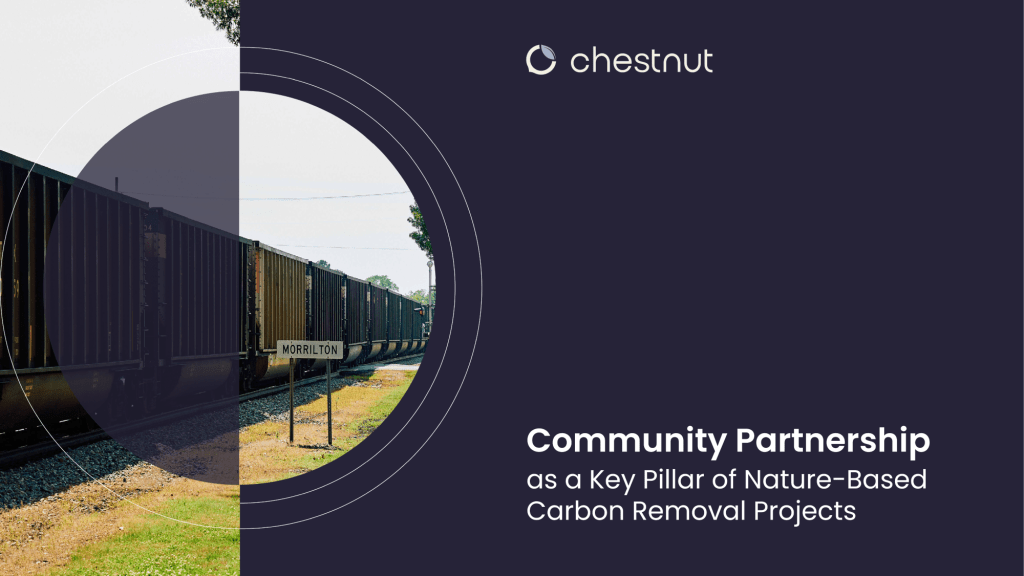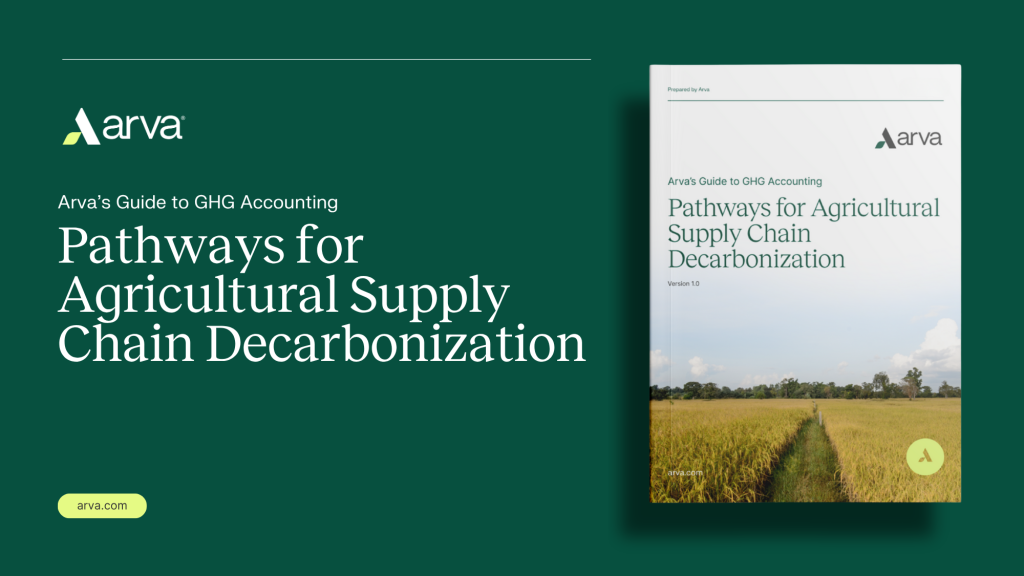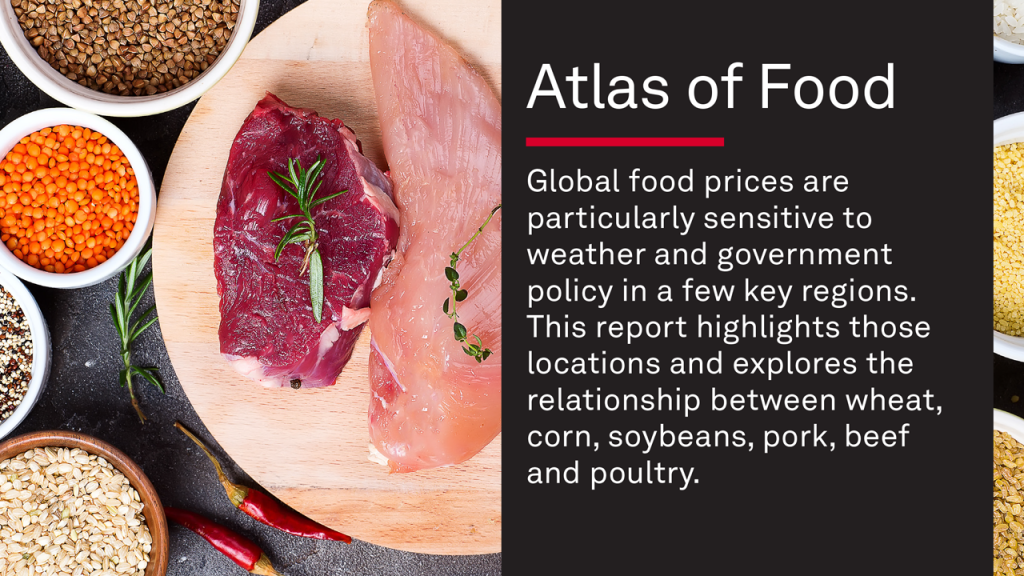Weight of Nations: Material Outflows from Industrial Economies
The total output of wastes and pollutants in industrialized nations has increased as much as 28% since 1975, despite increased efficiency in using natural resources, this 2000 study finds. It also reveals that from one-half to three quarters of the annual resource inputs used in the five countries studied — Austria, Germany, Japan, the Netherlands, and the U.S. — are returned to the environment as wastes within one year.
According to The Weight of Nations: Material Outflows from Industrial Economies, the rise of e-commerce and the shift from heavy industries toward knowledge- and service-based industries have led to improvements in energy efficiency, but these gains have been overtaken by the tremendous scale of economic growth and consumer choices that favor energy- and material-intensive lifestyles.
The researchers documented the flow of materials — including minerals, fossil fuels, timber, and other agricultural products — the five countries. These accounts of “materials cycles” — the flows of raw materials through extraction, production, use, and disposal — can be evaluated with traditional monetary indicators, such as gross domestic product, to measure the materials intensity of a country. The higher the goods produced per unit of material or energy input or waste output, the more resource-efficient a country is.
The report concludes that standard economic indicators, such as the GDP, are insufficient for evaluating the true state of global economies. Such indicators, the authors write, neglect to consider whether countries make efficient and sustainable use of the natural resource base upon which their economies depend.









